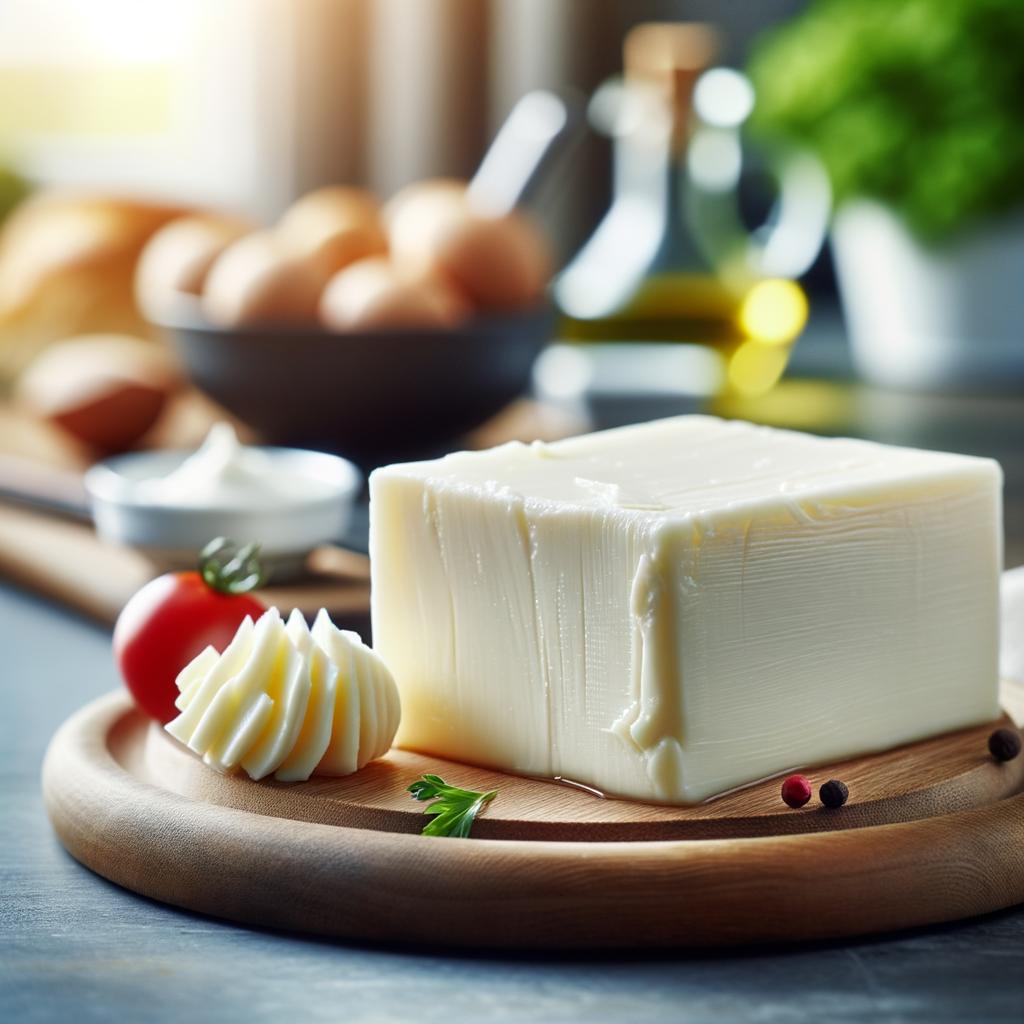Lard or Vegetable Shortening

Description
Lard, a traditional fat, is the rendered fat of a pig, while vegetable shortening is a solid fat derived from plant oils. Both ingredients have a creamy, white appearance and a smooth, malleable texture. Lard has a rich, meaty flavor profile, slightly sweet and savory, that enhances the taste of dishes it's used in. On the other hand, vegetable shortening is generally flavorless, designed to add richness without altering the taste of the food. Lard's unique characteristic is its high smoke point, which makes it ideal for frying and sautéing. Vegetable shortening, on the other hand, is renowned for creating a tender, flaky texture in baked goods, something that's hard to achieve with other fats.
Primary Uses
Lard is commonly used in baking, frying, and sautéing. It's a key component in traditional Mexican and Southern American cuisines, where it's used to make tamales, biscuits, and pie crusts. Vegetable shortening is also a popular choice in baking, particularly in American recipes for cookies, cakes, and pastries. It's prized for its ability to create a light, flaky texture in pie crusts and biscuits. Both lard and vegetable shortening have non-culinary uses as well. Lard has been used in soap making and candle making, while vegetable shortening is sometimes used as a lubricant or in cosmetics.
History
Lard has a long and rich history, dating back to Roman times when it was used in cooking and as a fuel for lamps. It was a staple in American kitchens until the mid-20th century when it fell out of favor due to health concerns. Vegetable shortening, on the other hand, was introduced in the early 20th century as an economical and shelf-stable alternative to animal fats. It gained popularity during World War II when butter was rationed. There's a romantic notion to lard, harking back to simpler times when every part of the pig was used and nothing was wasted. Vegetable shortening, meanwhile, symbolizes the ingenuity of food science in creating a versatile ingredient from plant sources.
Nutritional Information
Lard is high in monounsaturated fats, which are heart-healthy, and it also contains vitamin D. However, it's also high in saturated fats, which should be consumed in moderation. Vegetable shortening is often made from hydrogenated vegetable oils, so it's high in trans fats, which have been linked to heart disease. However, newer versions are now trans fat-free. Compared to butter, both lard and vegetable shortening have a similar fat content, but lard has more monounsaturated fats, while vegetable shortening has more polyunsaturated fats. As with all fats, both should be consumed in moderation as part of a balanced diet.

